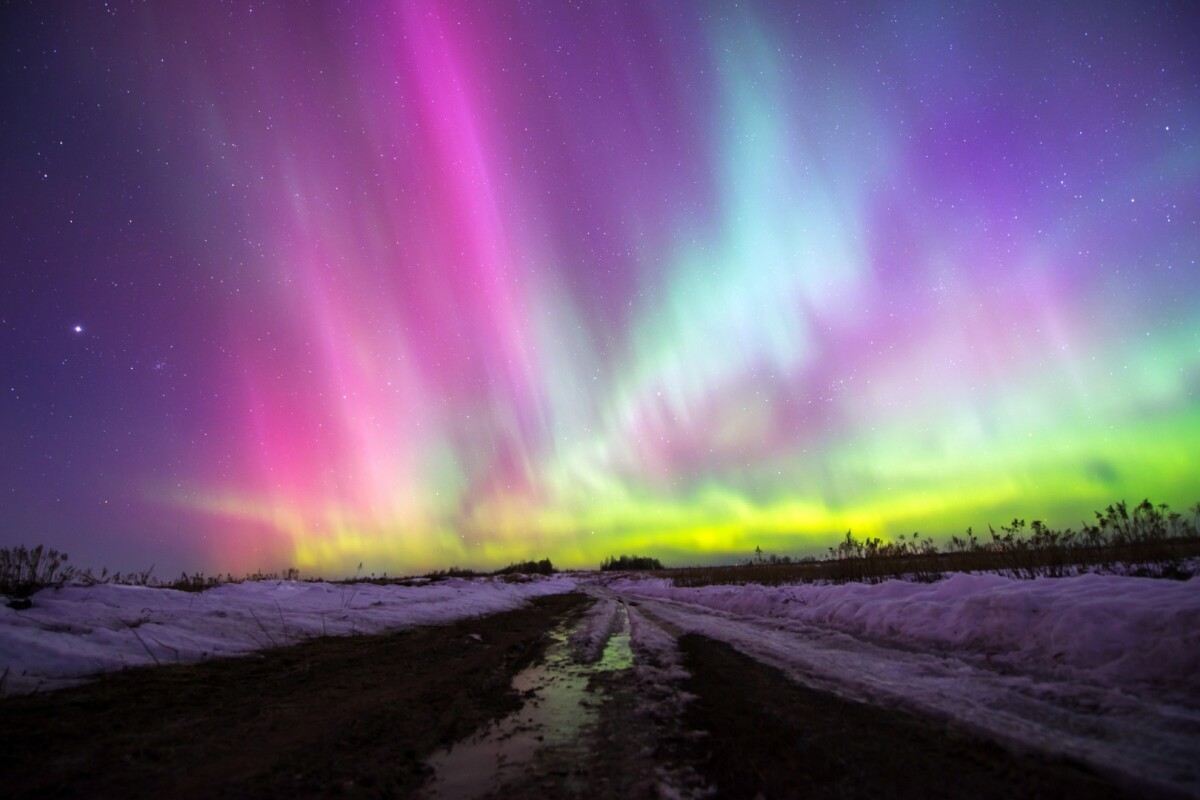As far as natural light shows go, few come more spectacular than the legendary Northern Lights. Folks have been peering up at these awe-inspiring auroras for thousands of years, but until now the inner workings of these sub-atomic showers have been subject to some (very) educated guesswork. For the first time, scientists in Japan have now directly observed the mechanics of the Northern Lights, confirming once and for all a long-held hypothesis and furthering our understanding of one of the world's great natural wonders.
The famous green, red and purple swirls of the Northern Lights arise when solar winds sweep through the Earth's magnetosphere, causing an interaction between electrons and plasma waves that sees charged particles rain down on the upper atmosphere, where they crash into atoms and molecules. The leading hypothesis on this tells us that it is a type of plasma known as a chorus wave that drives this scattering of electrons.
"However, because ideal coordinated observations between aurora cameras on the ground and spacecraft in the magnetosphere are so difficult – both instruments have to be on the same field line simultaneously when pulsating aurora occurs – the hypothesis could not be clearly verified by the observations," study co-author Atsushi Kumamoto explains to New Atlas.
Kumamoto works in the Department of Geophysics at Tohoku University, and with scientists from the University of Tokyo has now directly observed these chorus waves at work for the first time ever. This wasn't possible before, because standard electron sensors couldn't distinguish the precipitating electrons from other electrons. So the scientists built a new one.

The new sensor is able to take high-angular resolution measurements of electron velocity and was packed onto the Exploration of energization and Radiation in Geospace (ERG) satellite, which the Japanese Aerospace Exploration Agency launched in December 2016. The new tool has now enabled scientists to observe the interactions of the auroral electrons in new detail, as driven by the chorus waves.
"We consider the importance of this study is on giving the first clear observational evidence on the leading hypothesis, which was mainly based on theoretical and simulation studies," Kumamoto tells us.
Peering into this blind spot has implications beyond simply confirming what we kind of already knew. Scientists can now build on this new evidence by using other hardware aboard the ERG satellite to continue uncovering the secrets of the Northern Lights.
"Some colleagues are now performing analyses of data from Software-type Wave Particle Interaction Analyzer (S-WPIA) onboard the ERG, which can measure the energy exchange between electrons and chorus waves for further understanding of modulation processes of auroral electrons as reported in this study," says Kumamoto.
That study was published in the journal Nature, and the animation below created by the ERG Science team shows the auroral interactions playing out.
Source: Tohoku University





